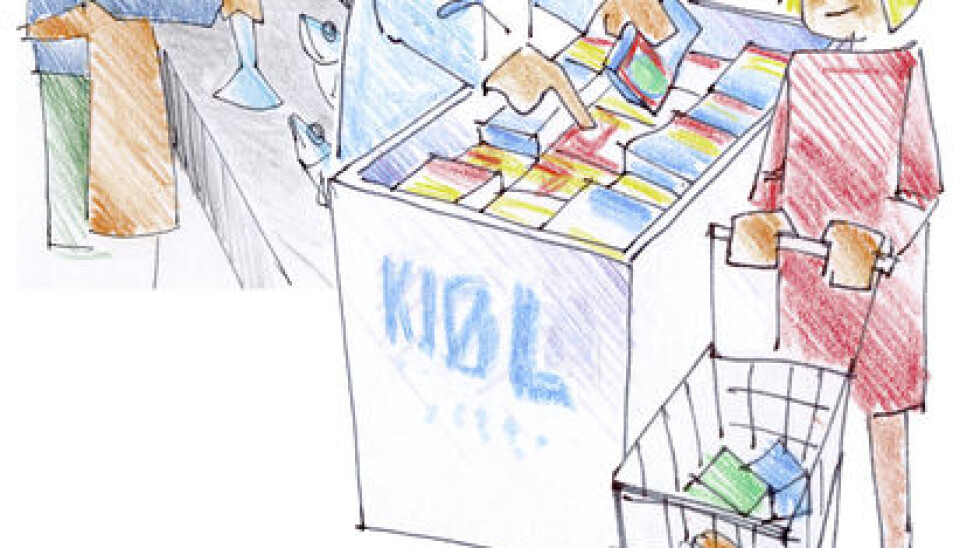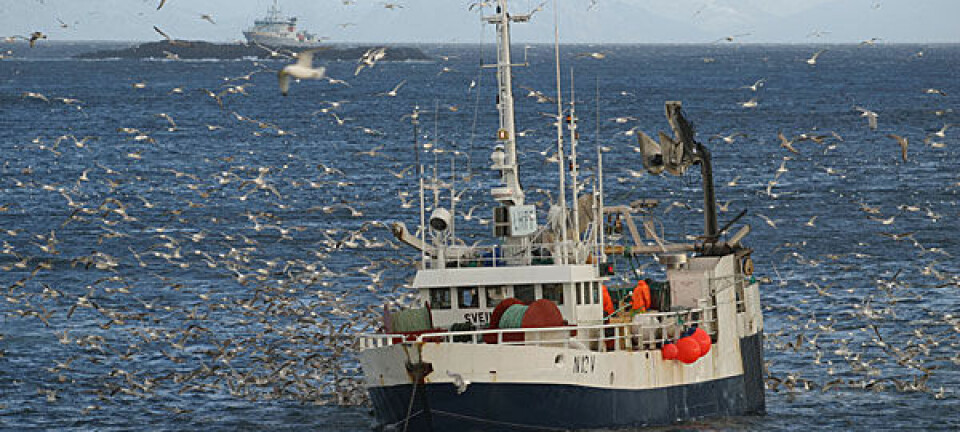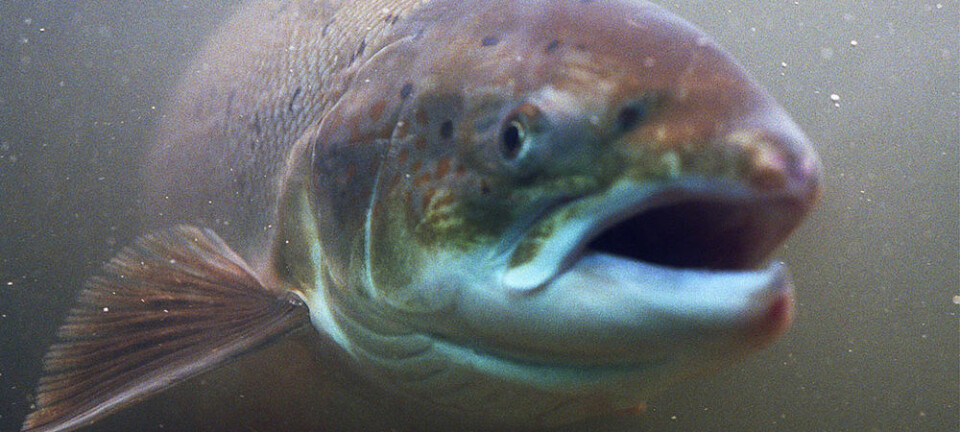This article was produced and financed by Nofima The Norwegian Institute of Food, Fisheries and Aquaculture Research

New ISO standards for fish products
Two new ISO standards for traceability of fish products have been approved. These standards will provide consumers around the globe with access to more information about the seafood they eat.
Denne artikkelen er over ti år gammel og kan inneholde utdatert informasjon.
The new ISO standards specify which data elements must be recorded for each link in the production chain the fish products go through.
In other words, the standards will state which information must be recorded on the fishing boat or at the fish farm, at the fish processing company, transport company and wholesaler and in the shop selling the fish to the consumers. One ISO standard applies to wild fish, while the other applies to farmed fish.
“Large volumes of seafood are today transported long distances before being eaten by the consumers. If all the links in the supply chain follow the ISO standards, it will be possible to trace the products back through the entire chain to the catch location or fish farm,” says Senior Scientist Petter Olsen at Nofima in Tromsø, who has headed the work related to the new ISO standards.
“Consequently, the consumers will be able to find out where the seafood comes from, its characteristics, resource use and environmental profile,” says Olsen.
Advantages
The new ISO standards are based on the TraceFish standards, which were developed in an EU project headed by Olsen some years ago. The TraceFish standards are a statutory requirement in some Asian countries, but not in Norway,
“Few Norwegian companies are using all the parts of the standards that are in existence today. But in the future I think more companies will adopt this,” says Olsen.
The companies which follow the standards can have advantages reaching customers through a strong environmental profile and can have opportunities for more predictable and long-term contracts and higher prices.
The ISO standards will also lead to better exchanging of information and prevent duplication of work for the companies, according to Olsen.
Potential users of the new ISO standards are fishermen, fish farms, fish processing companies, fish auctions, transport companies, distributors, wholesalers and retailers.
One ISO standard applies to wild fish and is called ISO 12875:2011, while the other is ISO 12877:2011 and applies to farmed fish.
These are the first ISO standards with this level of detail for food traceability. They may be used as a template when similar ISO standards are developed for other food products.
---------------------------------------------------------
Read the article in Norwegian at forskning.no
































